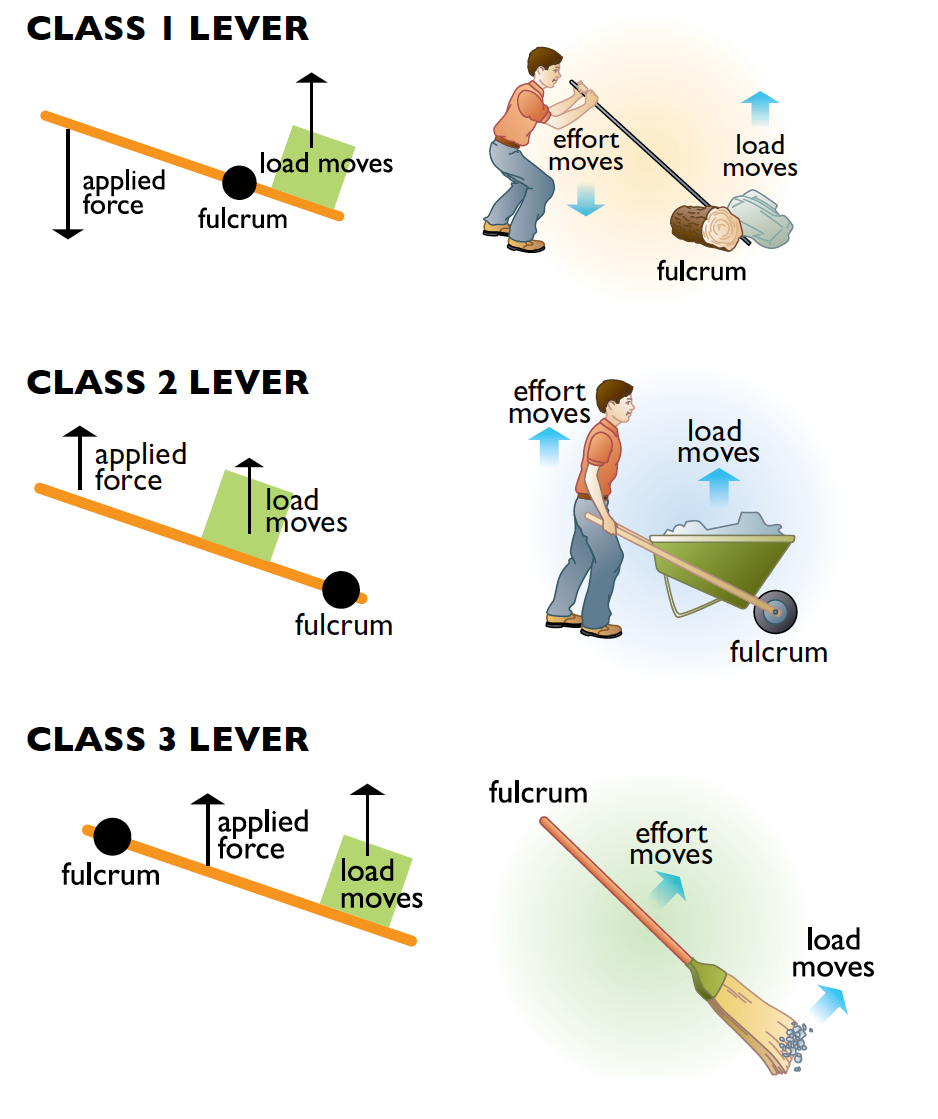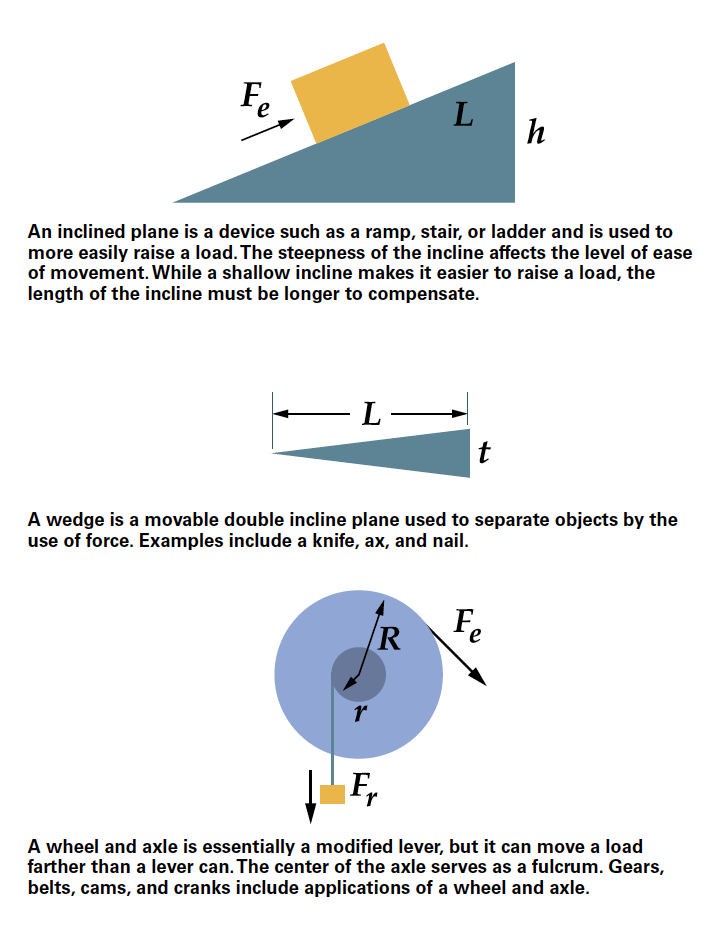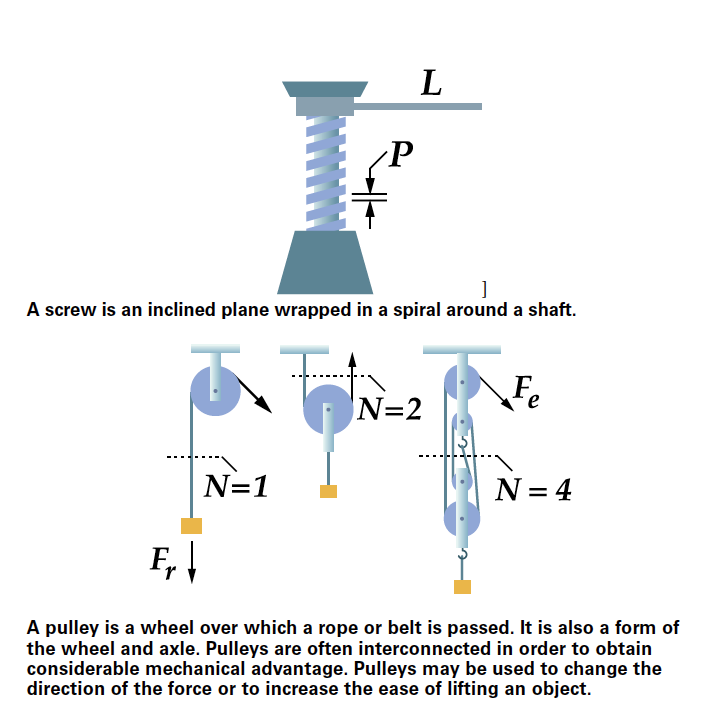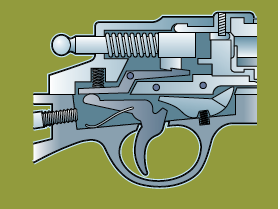
Whoosh!
Based off requirements from 2022-05-26.
This module is designed to help Scouts BSA explore how engineering affects your life each day.
Some examples include—but are not limited to—shows found on PBS (“NOVA”), Discovery Channel, Science Channel, National Geographic Channel, TED Talks (online videos), and the History Channel. You may choose to watch a live performance or movie at a science museum instead of watching a media production. You may watch online productions with your counselor’s approval and under your parent’s or guardian’s supervision. One example is the NOVA Lever, an Obelisk page on ancient Egypt and the use of levers, available at www.pbslearningmedia.org/resource/phy03.sci.phys.energy.vegypt/raising-an-obelisk-an-engineering-puzzle/?student=true&focus=true
Complete ONE merit badge from the following list. (Choose one you have not already used for another Nova award.) After completion, discuss with your counselor how the merit badge you earned uses engineering.
A lever is a rigid bar that turns around a fulcrum or fixed point. The force—a push or a pull that is applied to the lever—is called the effort. The farther the effort is from the fulcrum, the easier it is to use the lever. What the lever moves is called the load or the resistance. Levers can change the direction of motion, make it easier to move something, or cause something to move a greater distance. There are three classes, or types, of levers.
Class 1 lever—The fulcrum is located between the effort and the load. The direction the load moves is opposite the direction of the effort. Depending on where the fulcrum is placed, a class 1 lever can either move the load more easily or move the load a greater distance. Examples of class 1 levers include seesaws, crowbars, scissors, and pliers.
Class 2 lever—The fulcrum is at one end, the effort is at the other end, and the load is in the middle. The effort and the load move in the same direction. A class 2 lever makes an object easier to move. Examples of class 2 levers include catapults, screwdrivers, nutcrackers, staplers, and wheelbarrows.
Class 3 lever—The fulcrum is at one end, and the effort is applied between the fulcrum and the load. The effort and the load move in the same direction. A class 3 lever makes an object harder to move but moves the object a much greater distance than the effort moves. Because the load end moves faster than the effort (it has to travel farther during the same amount of time), the load gains speed. Many sporting activities use class 3 levers. Examples of class 3 levers include bats, rackets, paddles, clubs, fishing poles, and brooms.



- Archery—The bow is a lever, and the hand is the fulcrum. Crossbows use a pulley.
- Aviation—Wheel and axle, levers, and pulleys. Propellers are a type of screw.
- Composite Materials—Composites can be found just about everywhere: in airplanes, golf clubs, baseball bats, circuit boards, and even bridges. Composites make sporting equipment lighter and stronger, houses warmer, and helmets tougher. Pick a composite product and discuss the machines made of the components.
- Drafting—Incline plane (triangle), wheel and axle, and lever.
- Electronics—Varies. Lever used in soldering irons, switches, and circuit breakers (see https://electronics.howstuffworks.com/circuit-breaker.htm )
- Engineering—Engineering makes use of all the simple machines. See https://www.teachengineering.org/lessons/view/cub_simp_machines_lesson01 )
- Inventing—Inventors can use simple machines to help them construct their prototypes; their inventions may incorporate simple machines.
- Model Design and Building—Tools such as knives (wedge), handsaws (wedge), vises (screw and lever), files, hammers (lever), screwdrivers (lever), hand drills (screw, wheel and axle), drill bits (screw), and pliers (two levers working together).
- Railroading—Levers, wheel and axle.
- Rifle Shooting—The fulcrum (pivot point) in the trigger mechanism is between the effort (applied by the trigger finger) and where the pressure (the load or resistance) is applied to the spring.

- Robotics—Robot designers and builders can use simple machines to help them build their robots. Robots may contain simple machines to help them function, like how the human body incorporates simple machines.
- Shotgun Shooting—See Rifle Shooting.
- Wind, gasoline/fossil fuel, electric power, and human power all are sources of energy.
